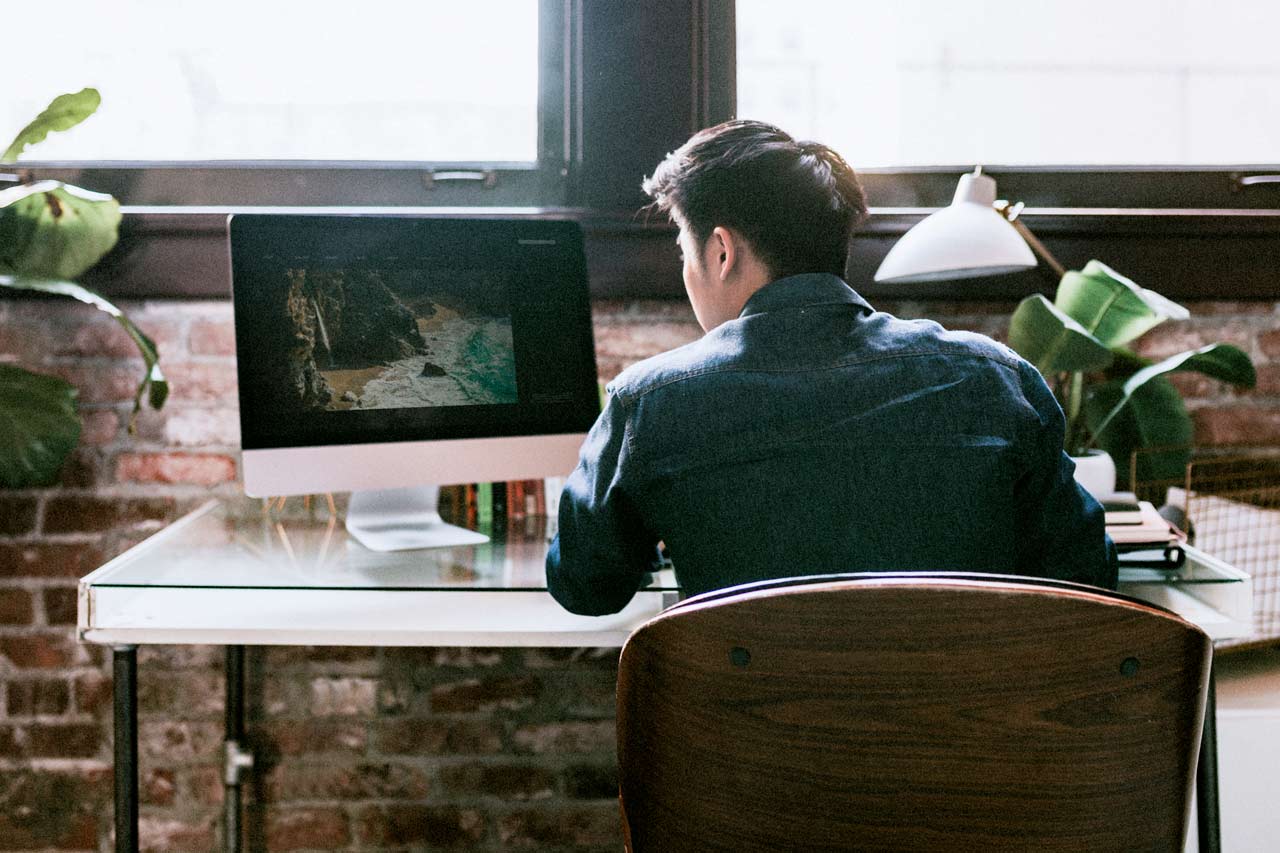Here we explain how to create a halftone screen in screen printing, and what RIP software is.
To obtain a high-quality print on screen printing film, it’s almost always necessary to use a software called RIP.
In this article, a part of which has been taken from CPL Fabbrika’s book on screen printing, we explain what RIP is.
A Raster Image Processor (RIP) is something that creates raster images.
In other words, it’s a tool (hardware or, in most cases, software) that’s used to create an image or other file type on a computer so that it can be printed to a high level of quality.
Here’s how halftone screens can be created without using an RIP – in screen printing, screens can be either geometric/conventional or stochastic.
Conventional halftone screening is based on a geometric and fixed spacing of dots; these dots vary in size according to the intensity of the colour.
The parameters that define this type of halftone screen are as follows:
– frequency (number of dots per inch/centimetre)
– angle (with respect to the vertical)
– size
The first two parameters are determined in accordance with the mesh count.
The third is established by the design’s characteristics: a larger dot corresponds to a higher colour density, and vice versa.
With Photoshop, transform the design into greyscale: top drop-down menu Image > Mode > Grayscale,
leaving 300 pixels/inch.
In the following window we need to add some information regarding the halftone screen.
We can now save and close the PDF file. Now it’s ready to be printed straight from Acrobat or from any other PDF reader, without needing to use an RIP.
In our book “Saper Serigrafare” (currently only available in Italian), we also describe how to carry out this procedure using Adobe Illustrator.

